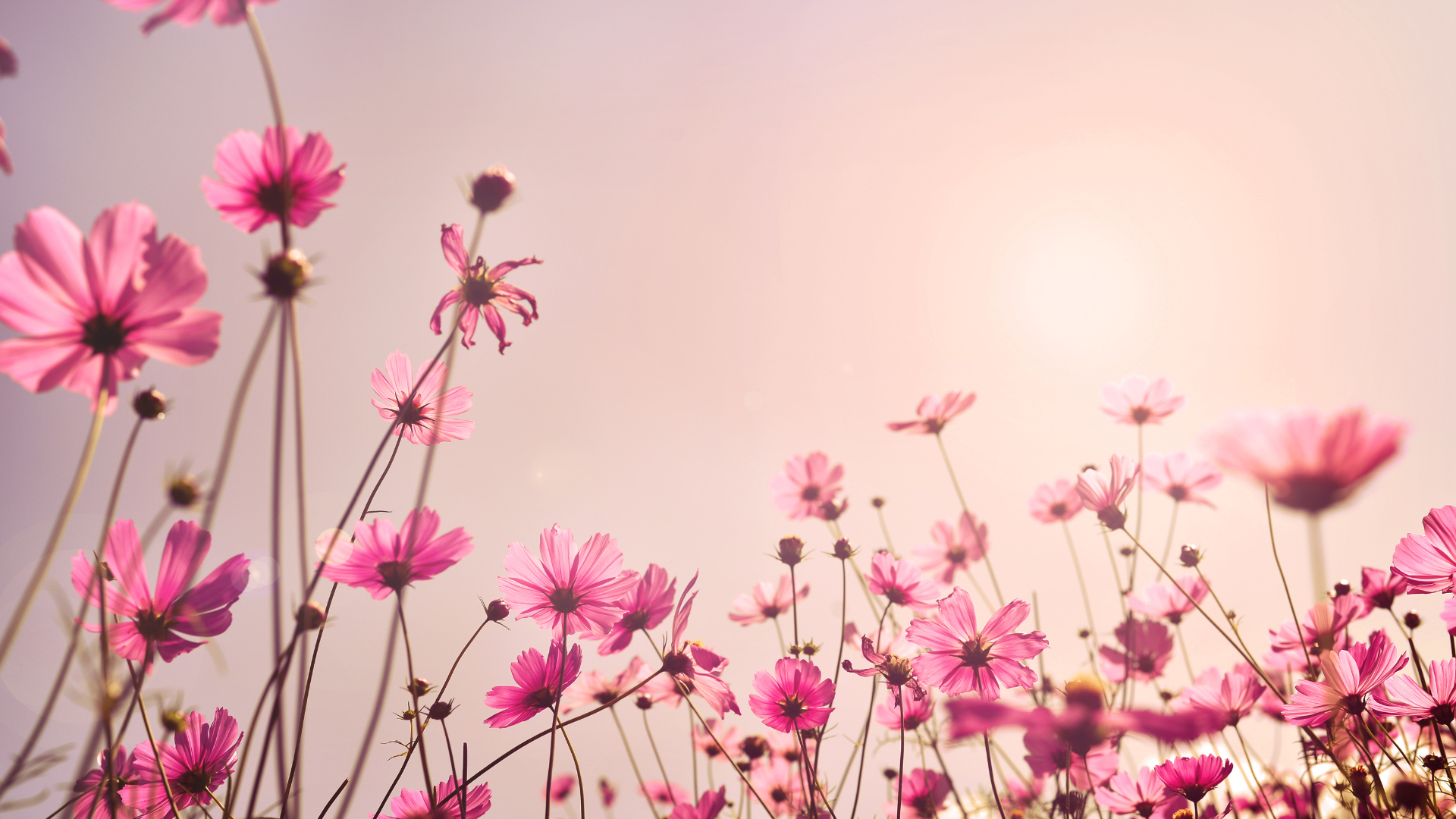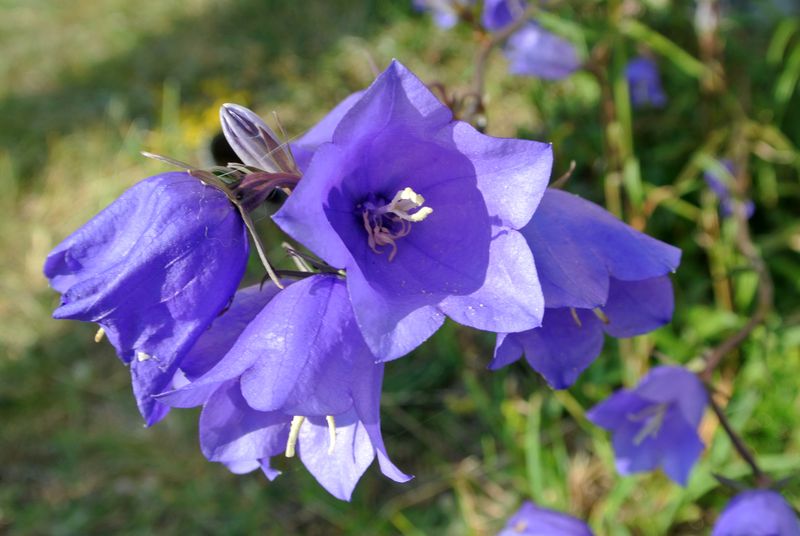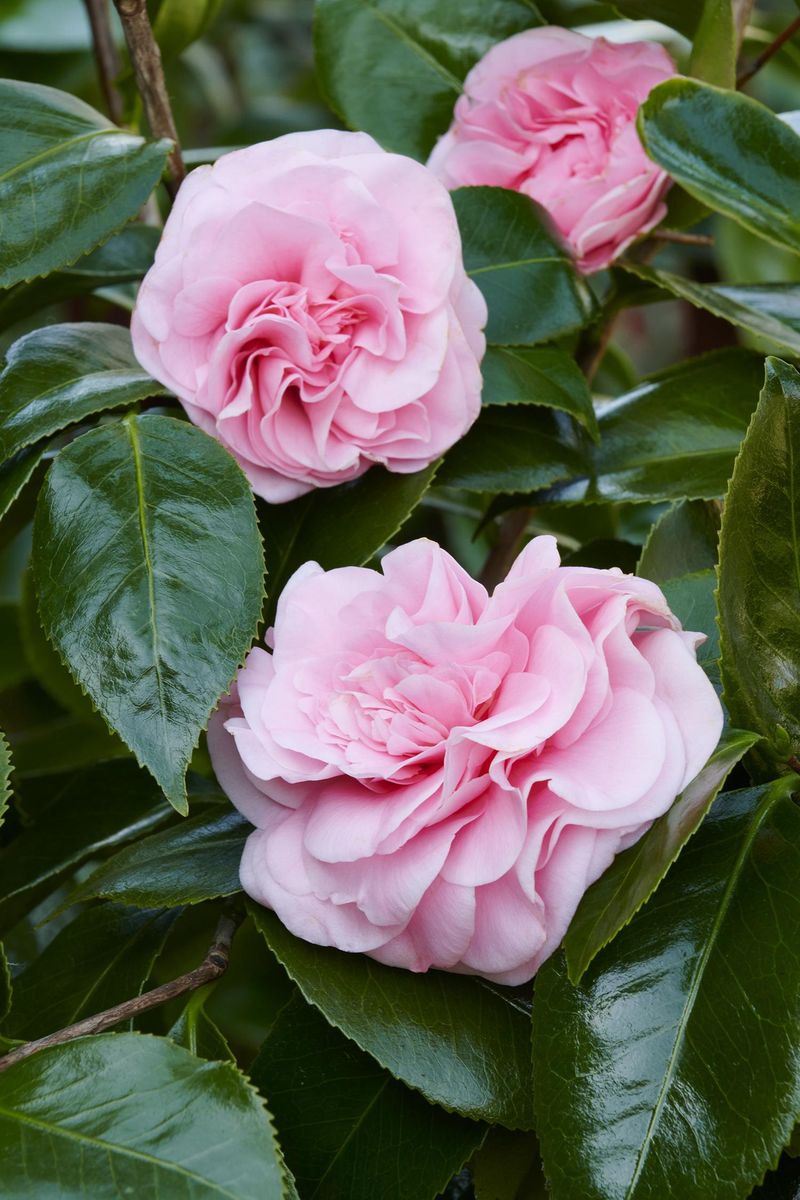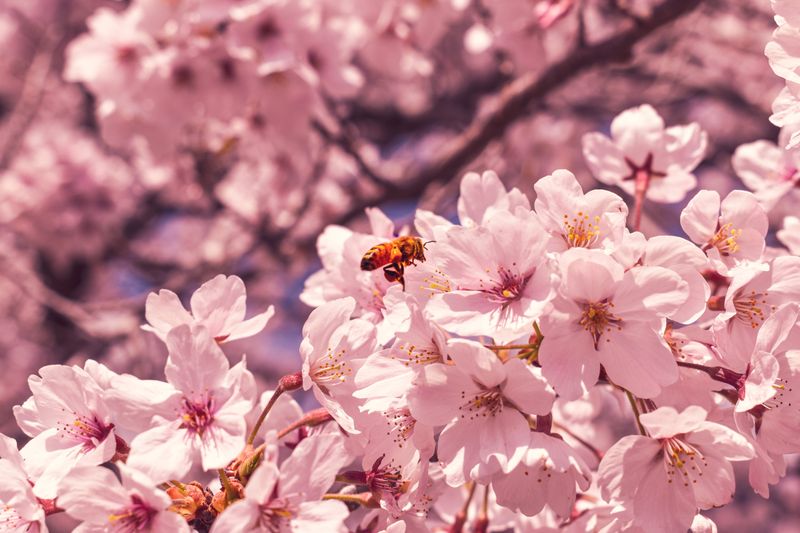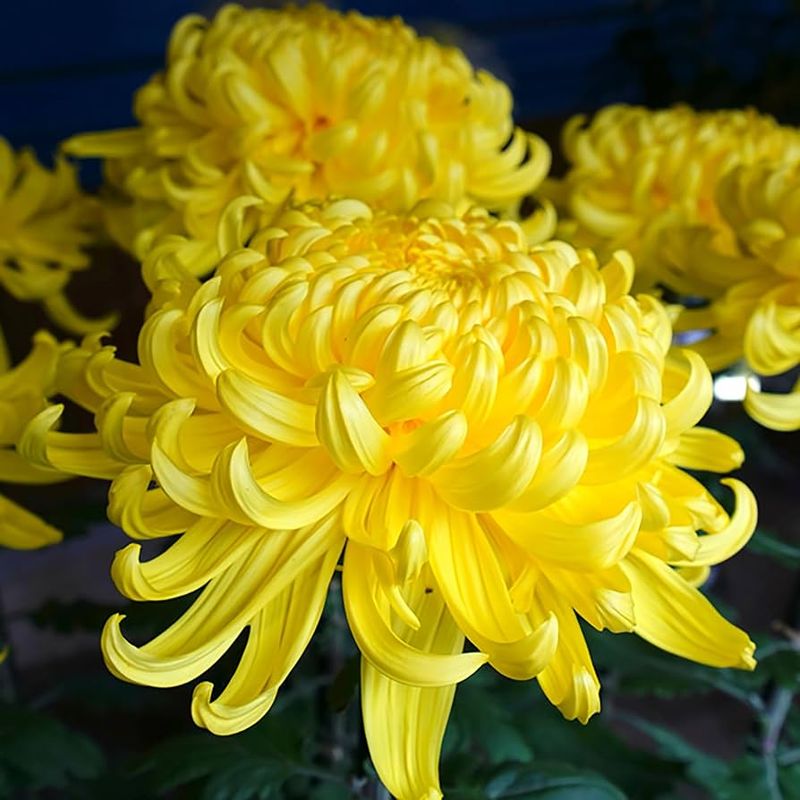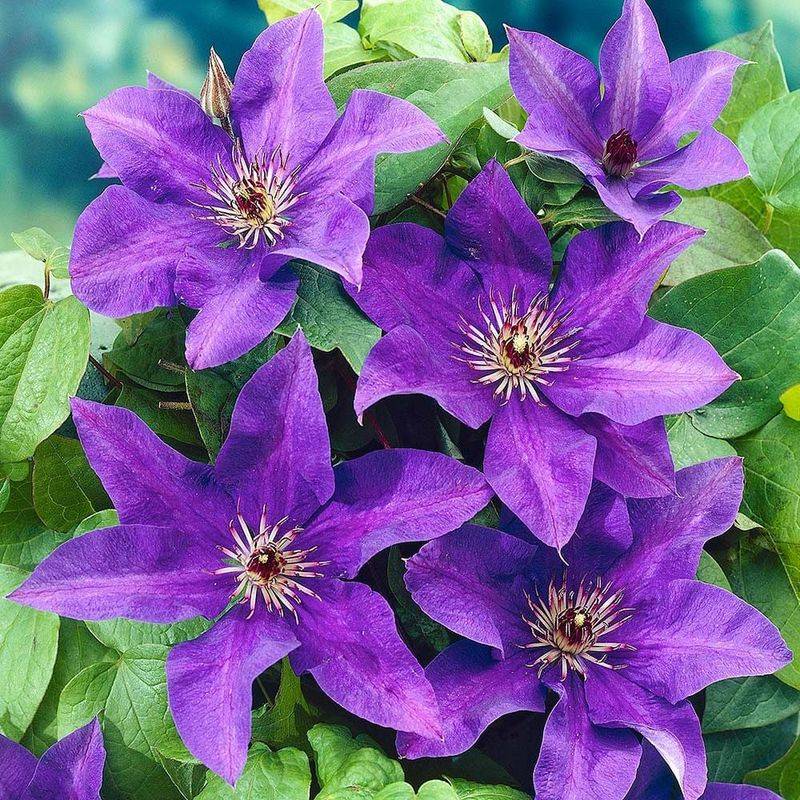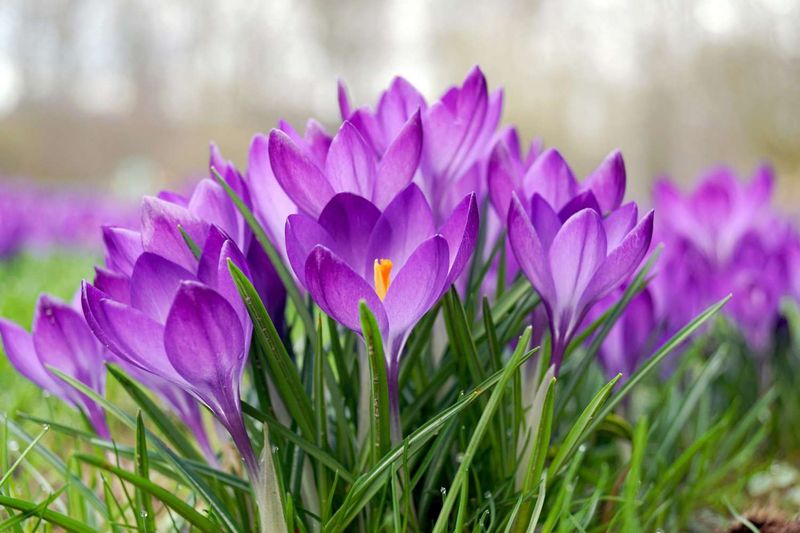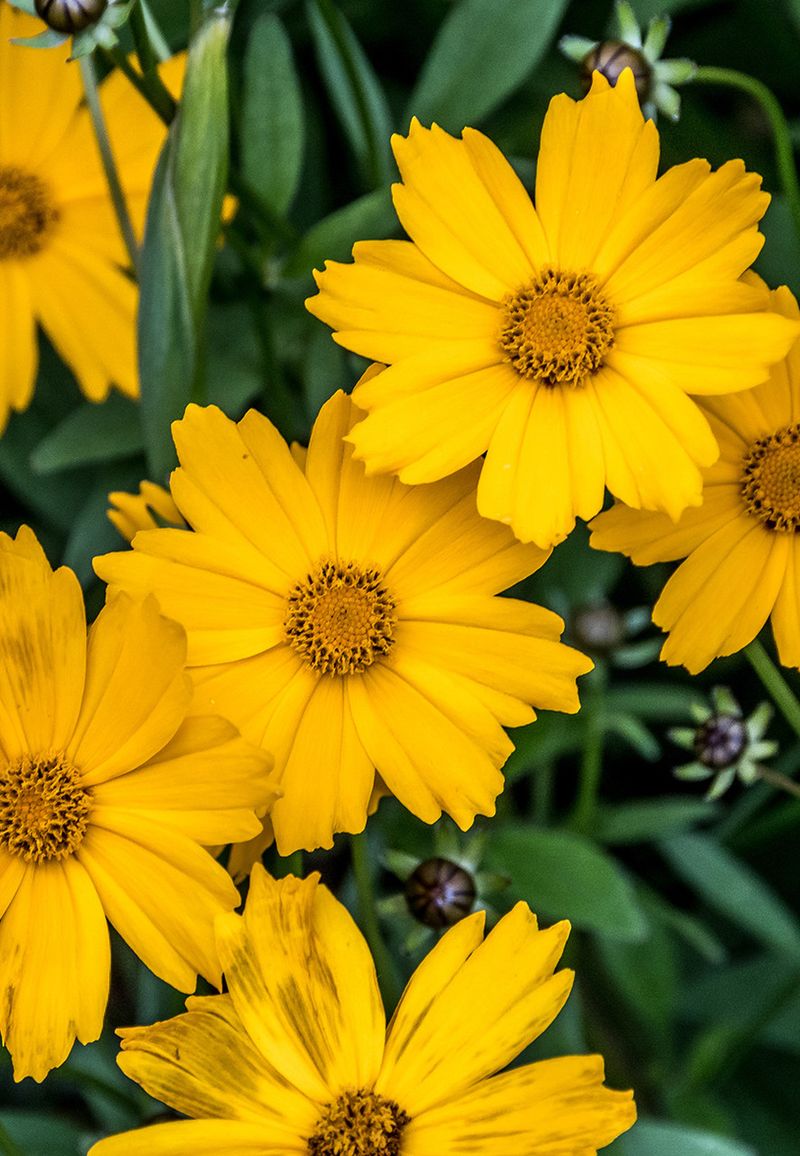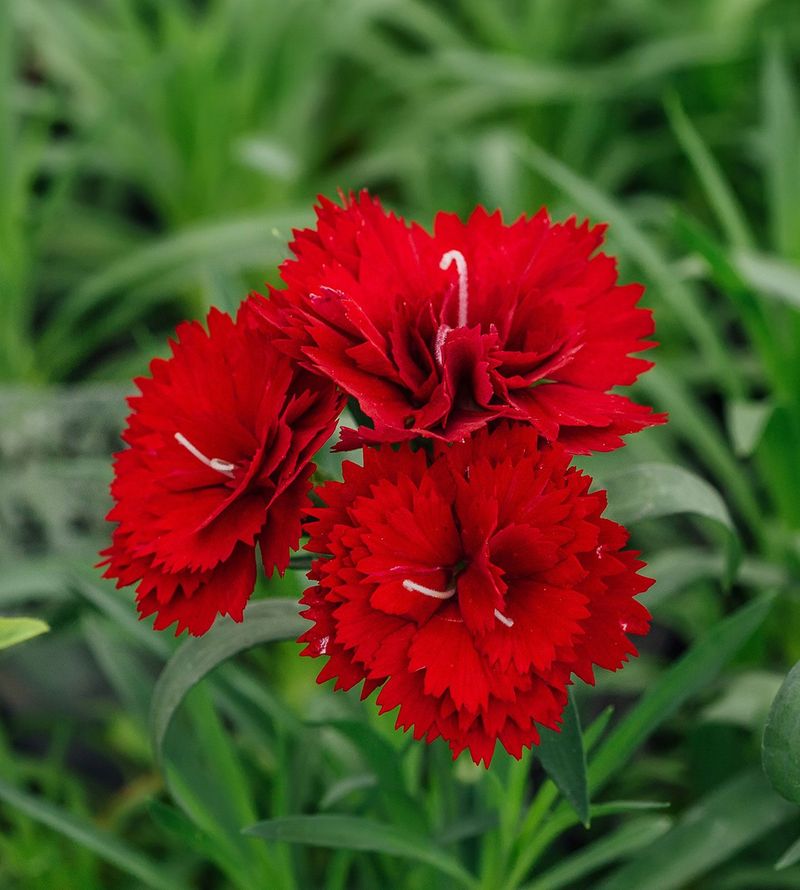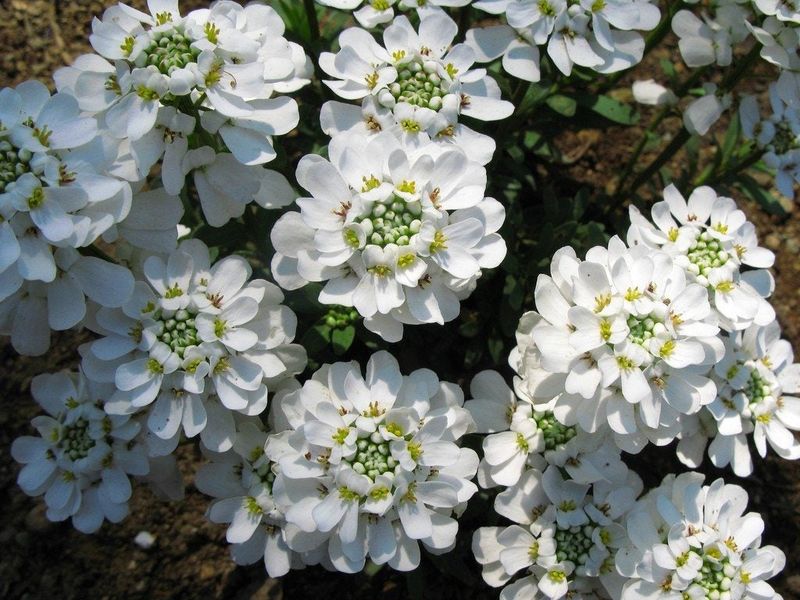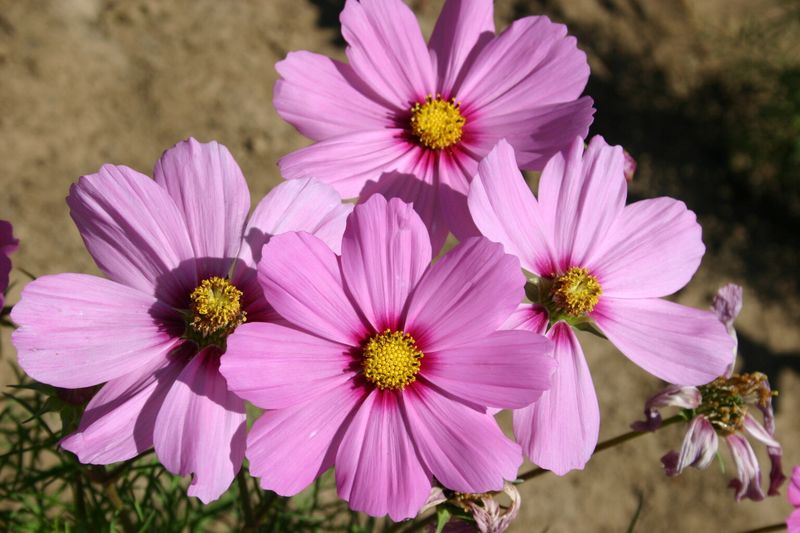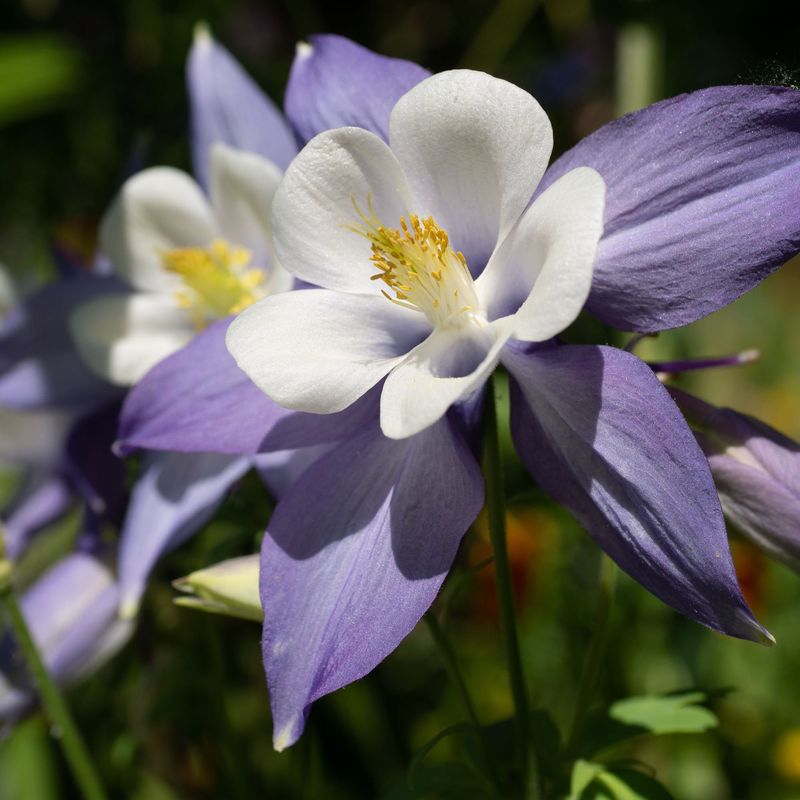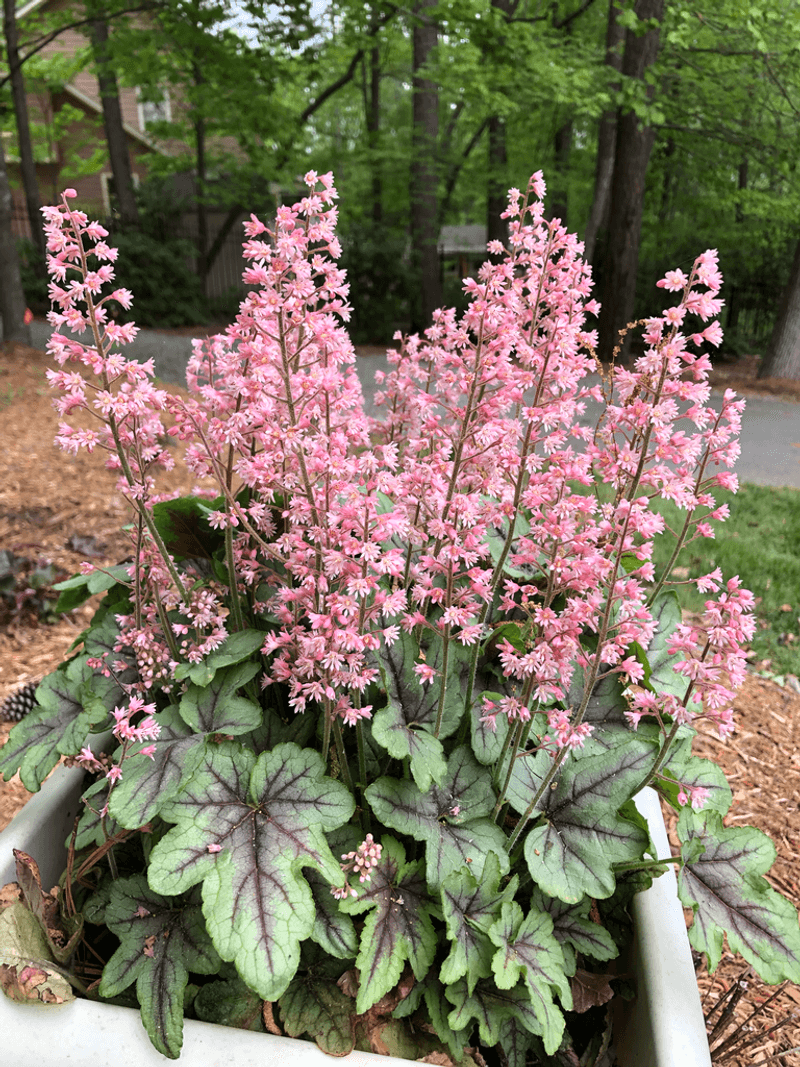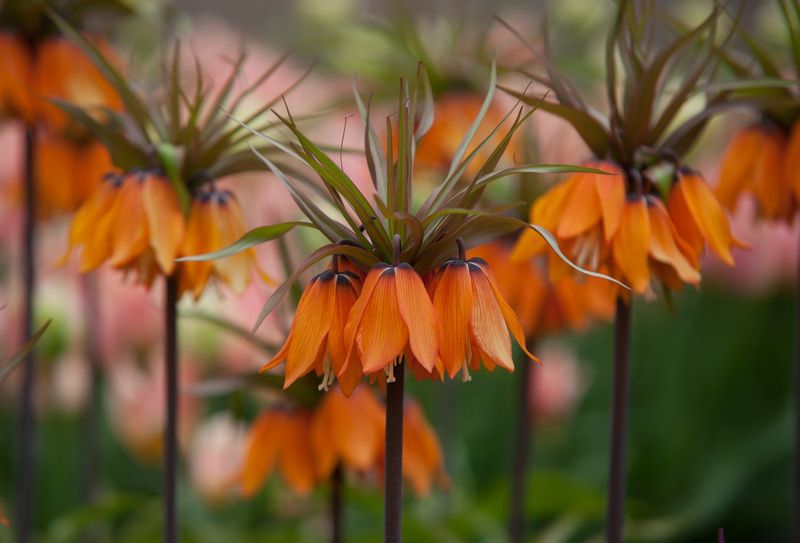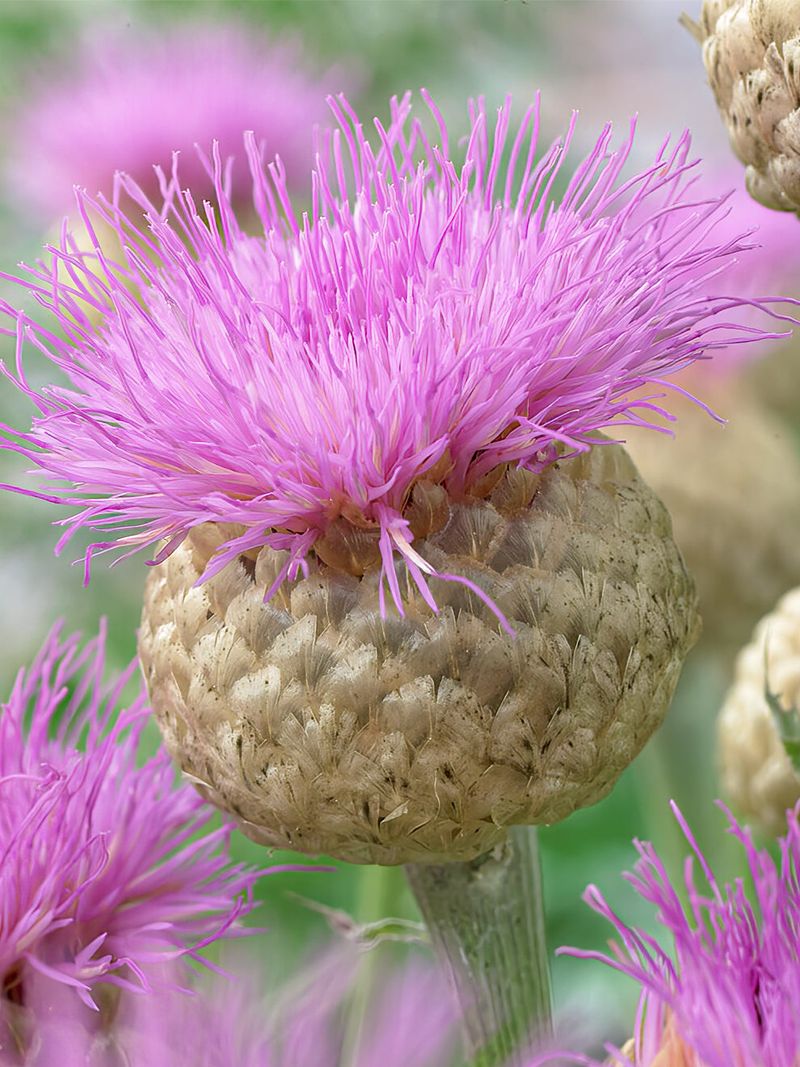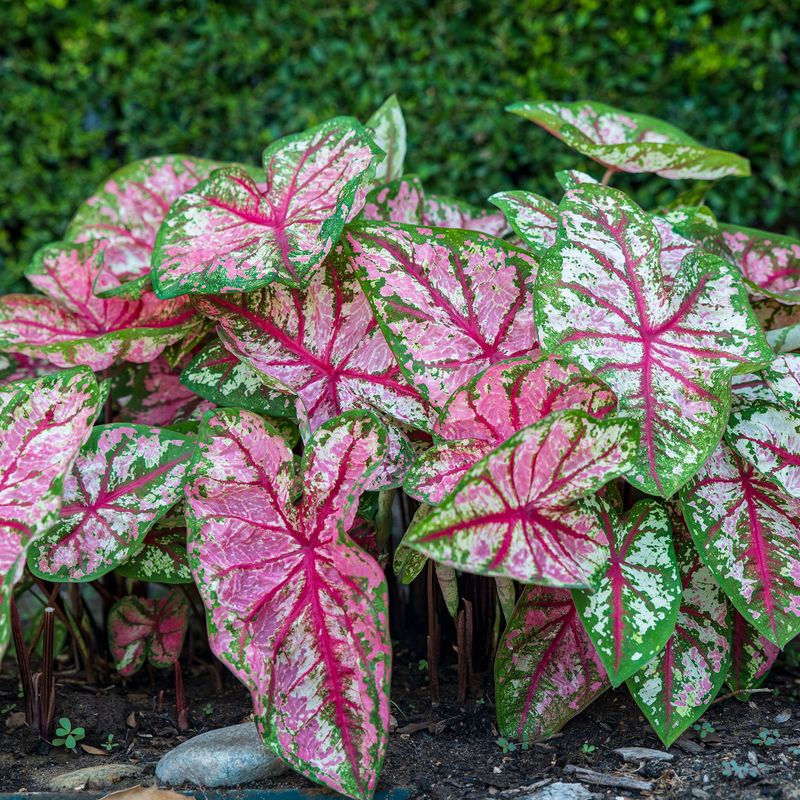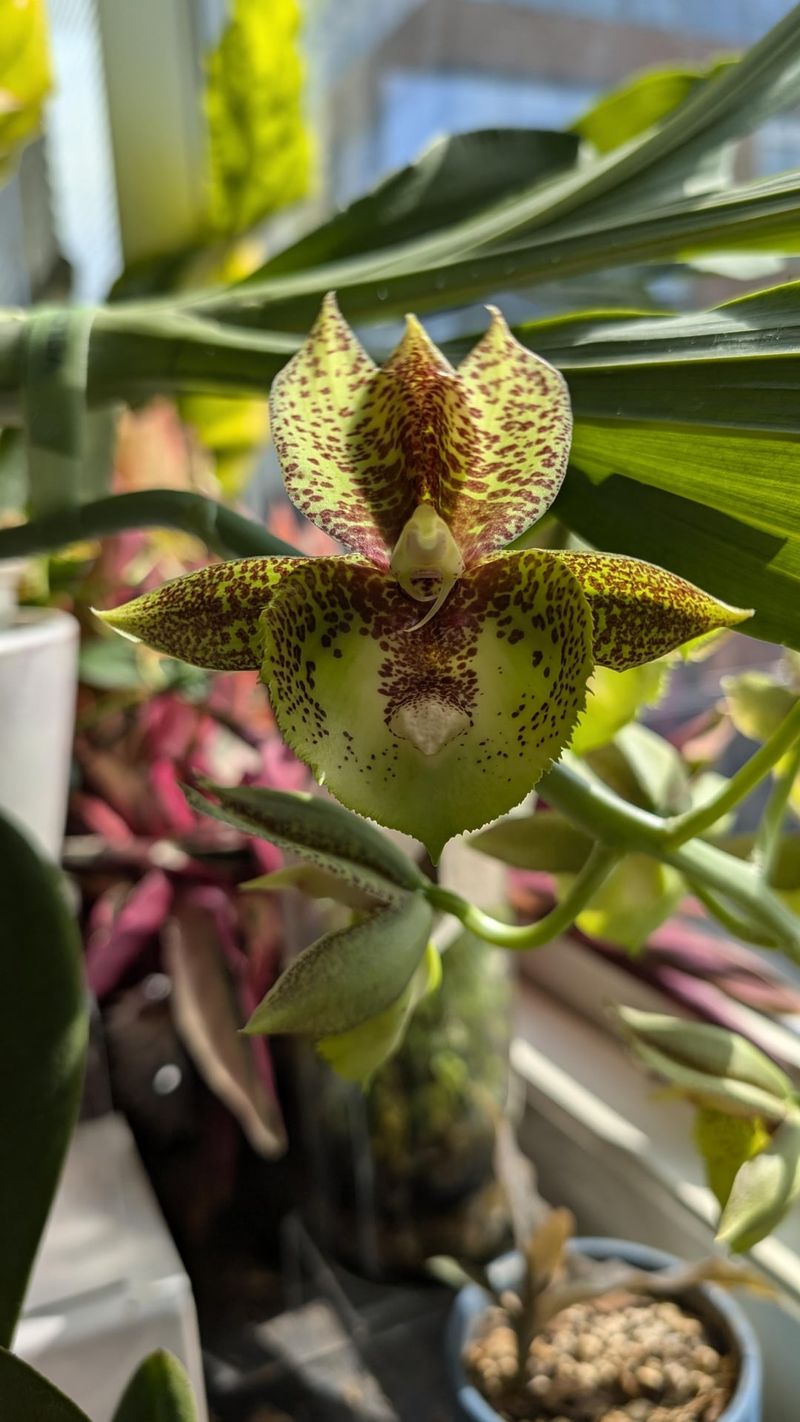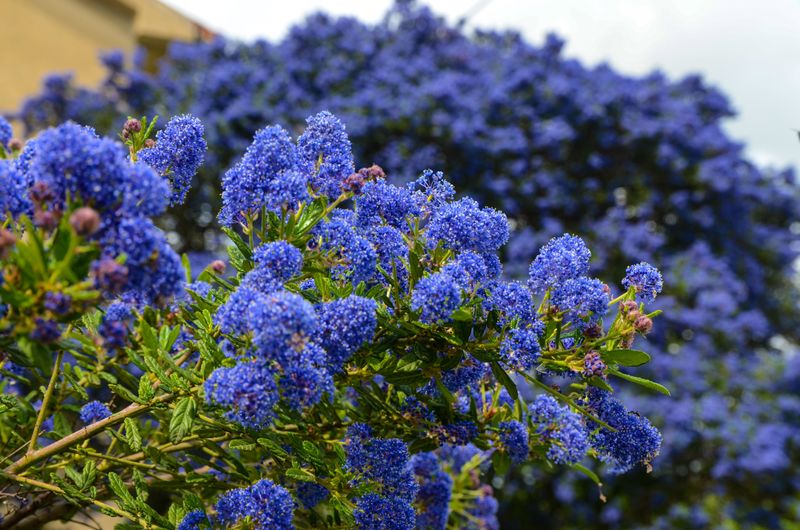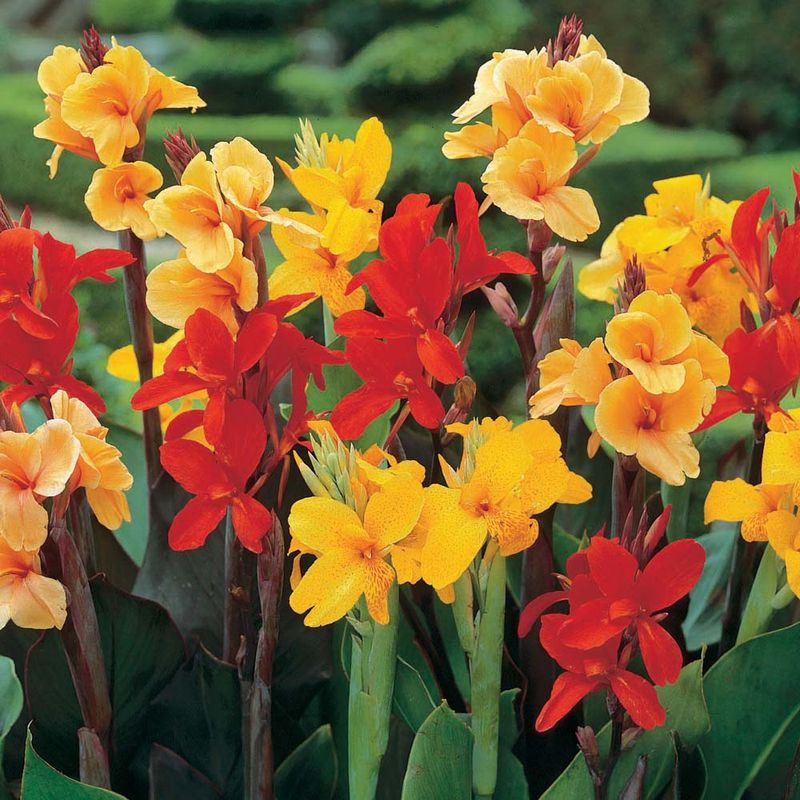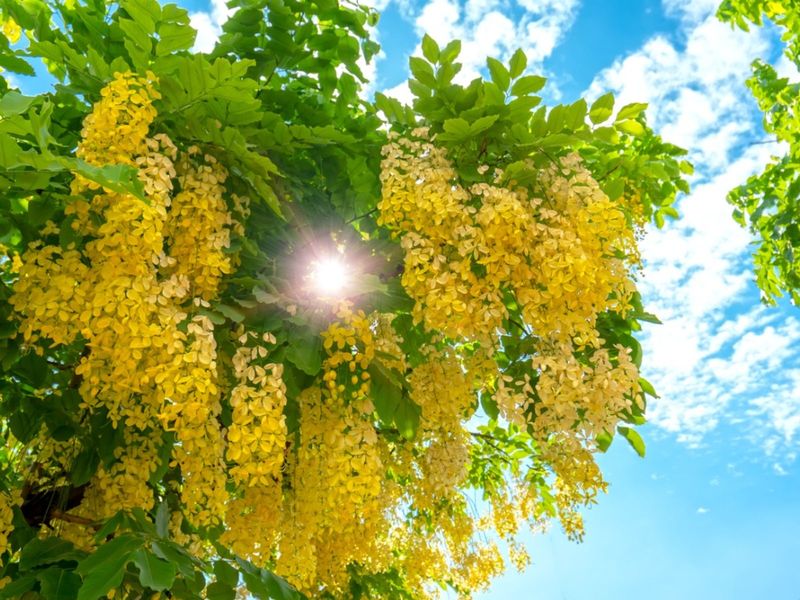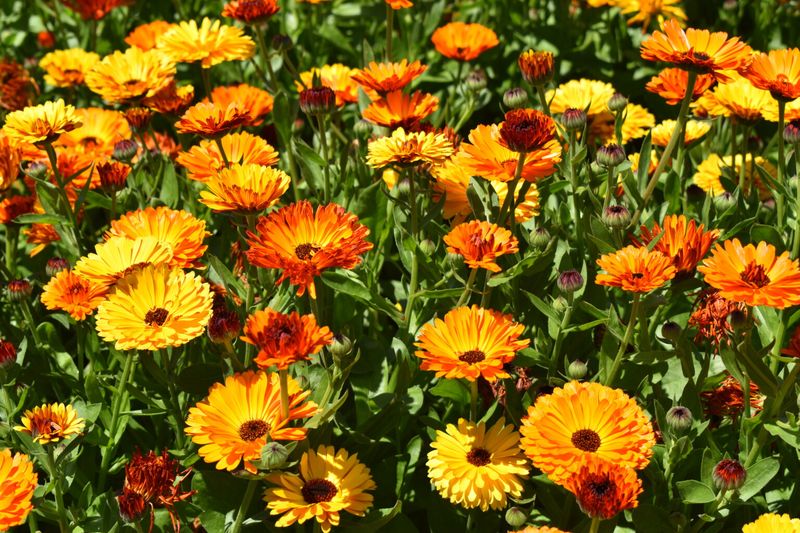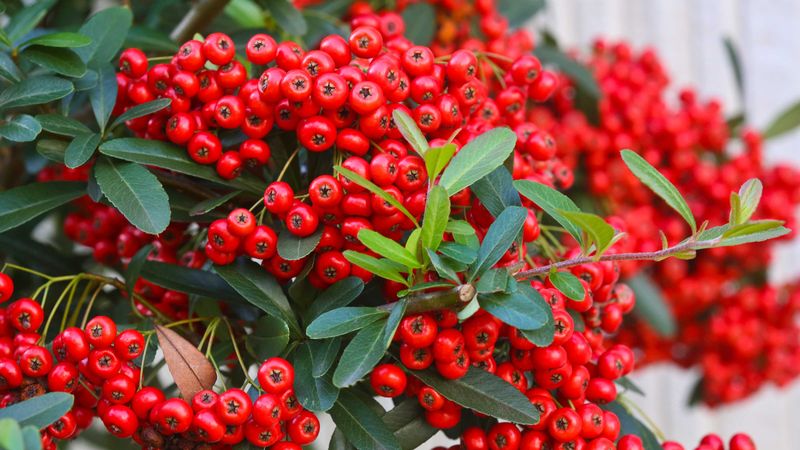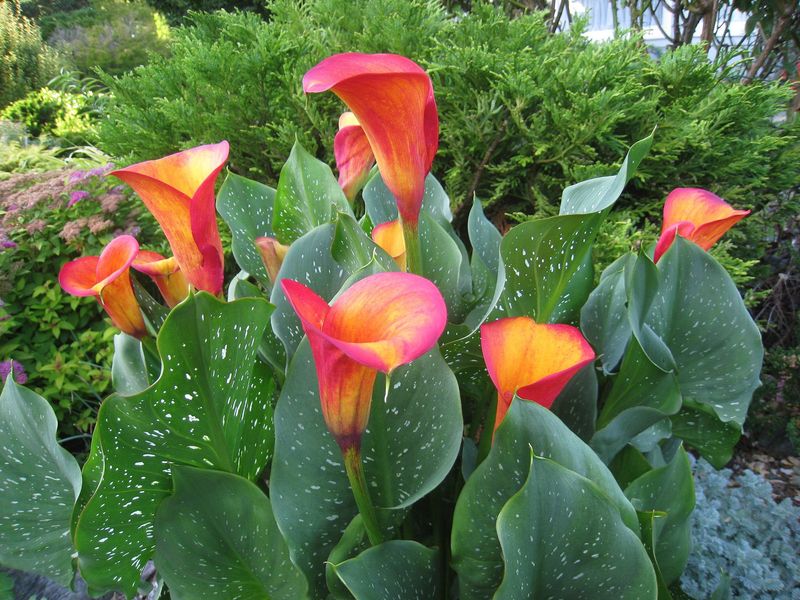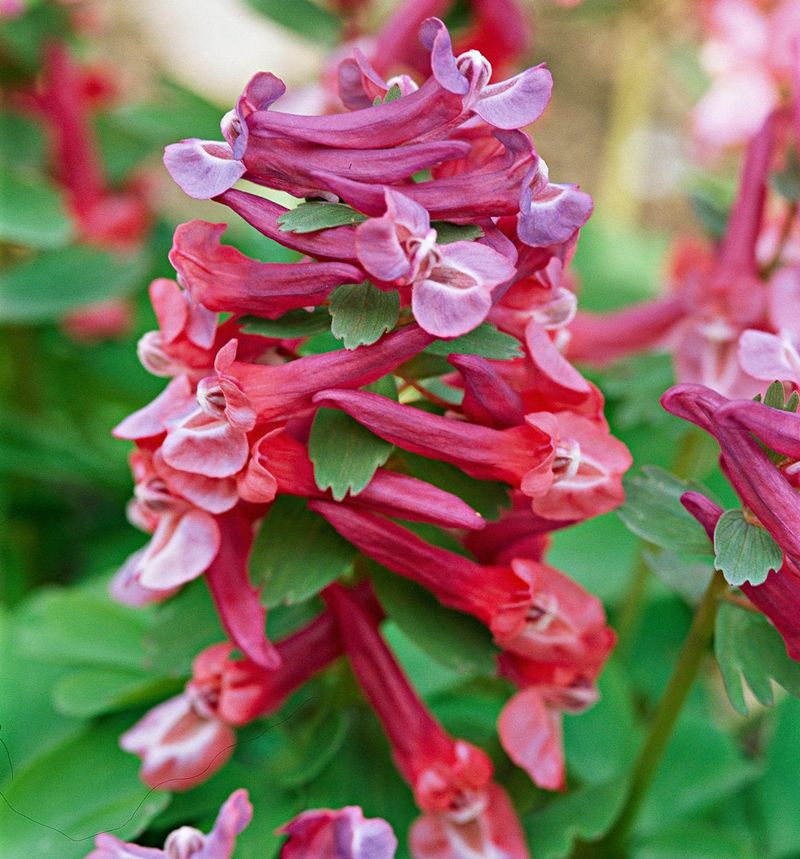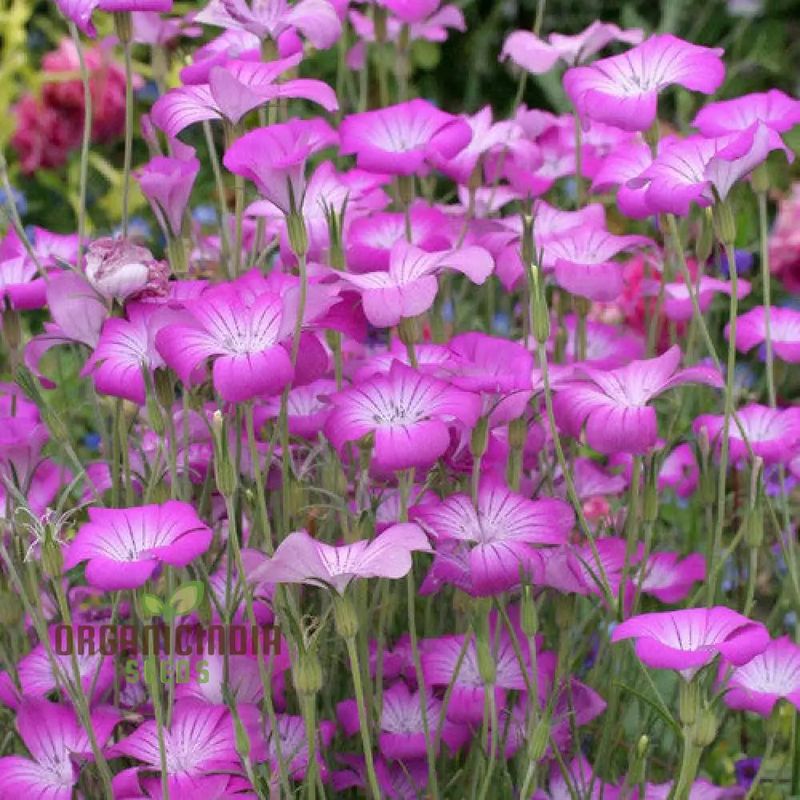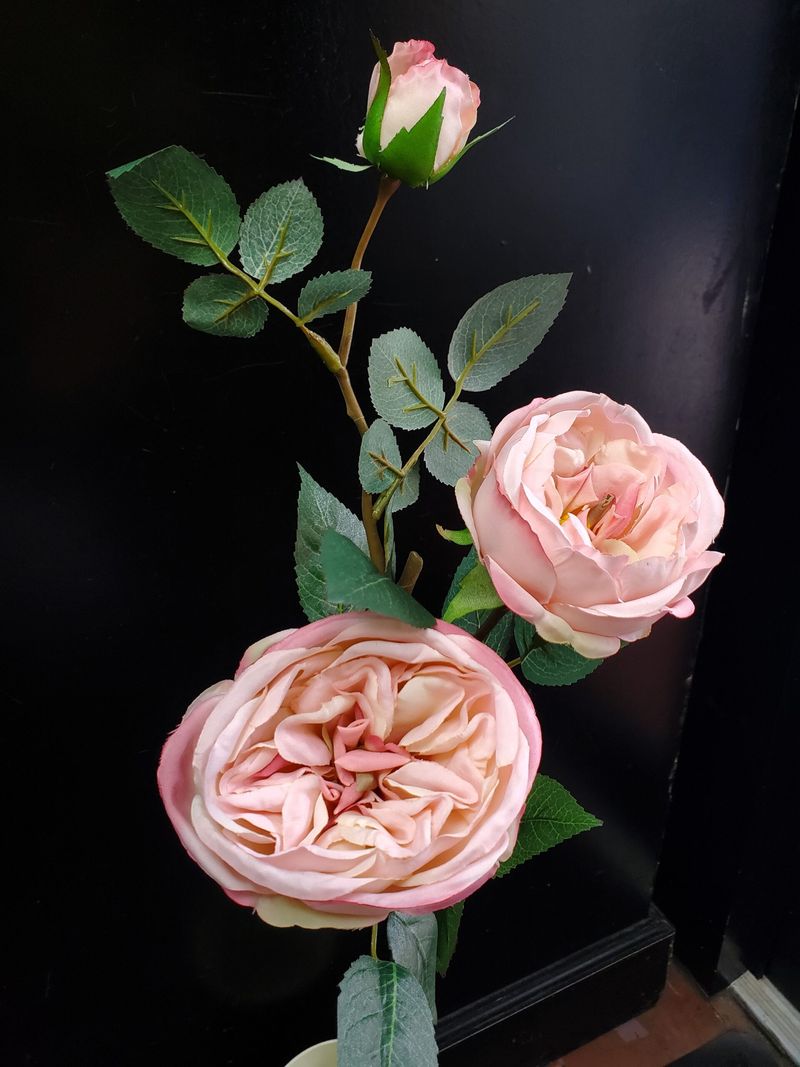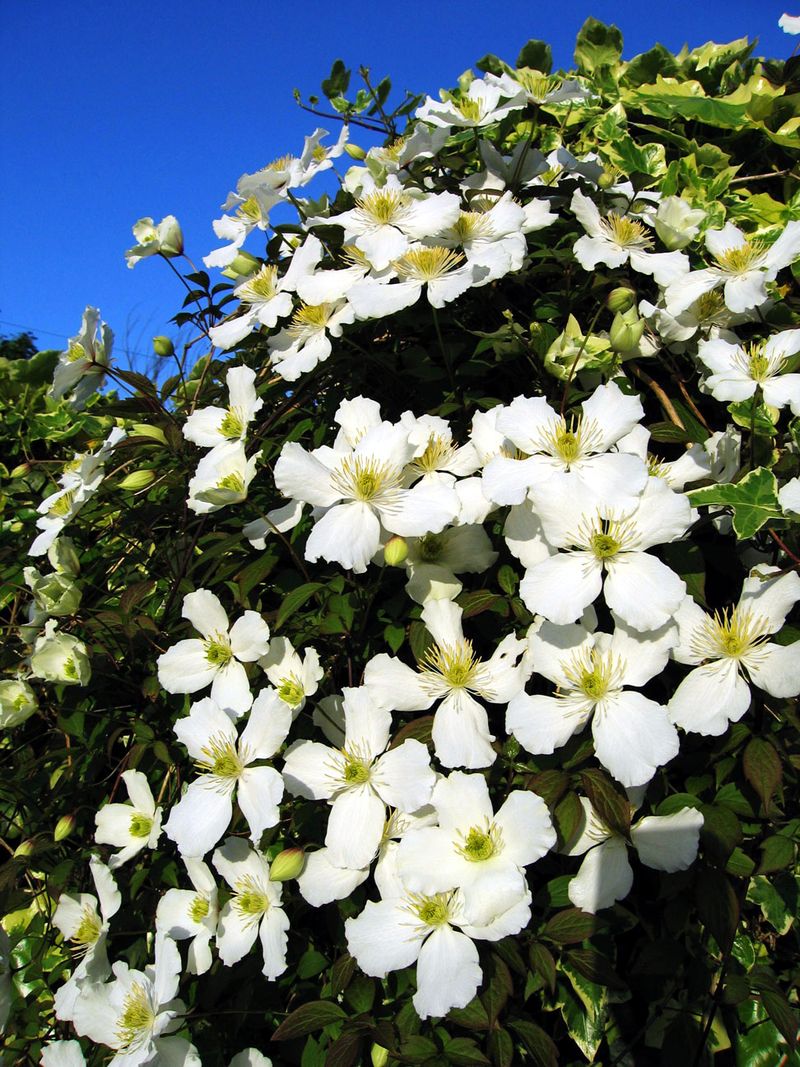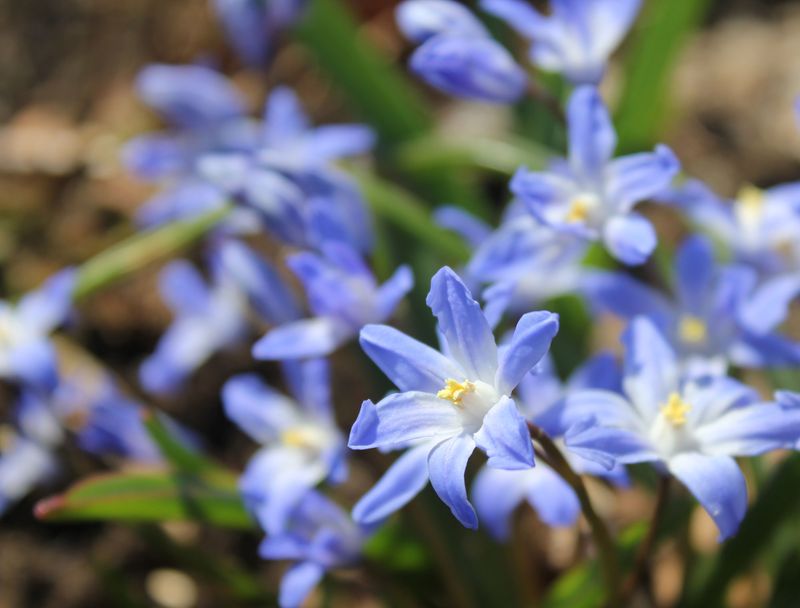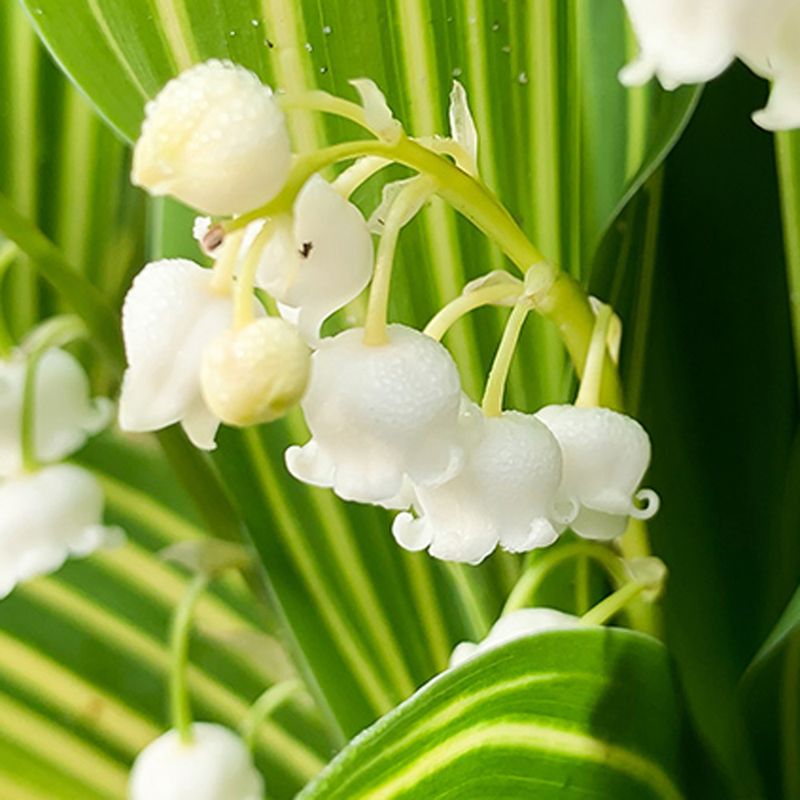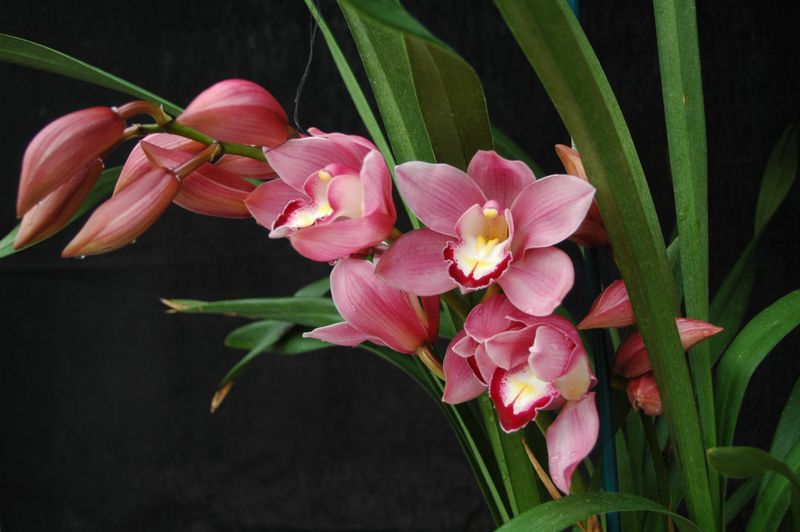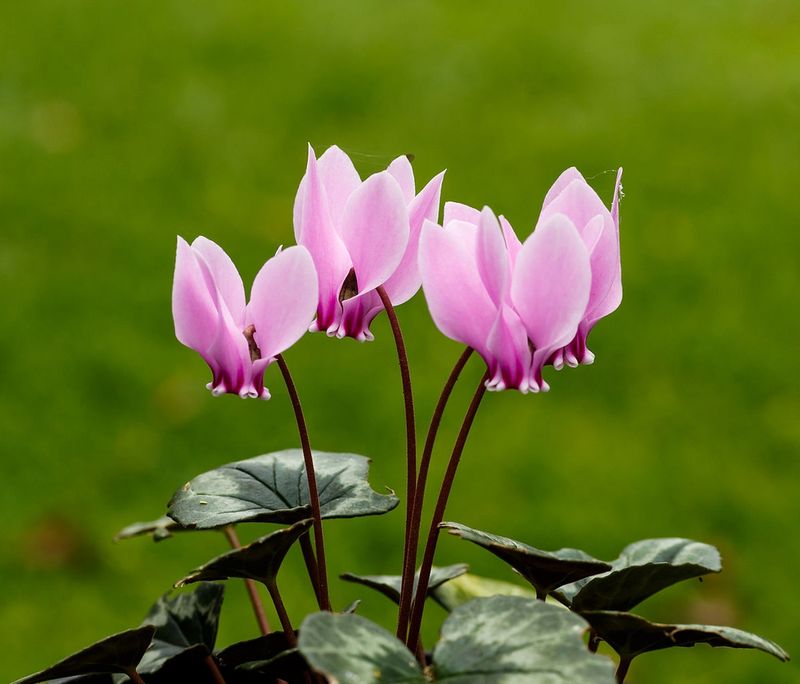Who knew flowers could be so fascinating? As someone who’s spent way too many hours in the garden (and still gets excited when a bloom opens), I can tell you that the world of flowers is full of surprises.
Today, I’m taking you on a journey through an amazing list of flowers that all start with the letter ‘C’. We will go through quirky names to unexpected colors, and maybe even a few chuckles.
Whether you’re a seasoned gardener or just someone who appreciates nature’s beauty, this list will definitely inspire you.
1. Campanula
Imagine the gentle chime of a bell echoing through your garden. That’s the melody the Campanula brings with its bell-shaped blooms.
These flowers, often seen in shades of purple and blue, are not just a feast for the eyes. In medieval times, they were believed to have mystical powers.
Don’t be fooled by their appearance; they’re quite hardy for those tricky garden spots. A great choice for both novice and expert gardeners alike.
2. Camellia
A garden without Camellias is like a party without cake. These elegant blooms have graced gardens for centuries, offering rose-like flowers in multiple hues.
They are especially popular in tea, as certain varieties are used to produce tea leaves. These plants thrive in shade, making them ideal for less sunny spots.
Their rich history stretches back to ancient China, where they were symbols of desire and passion. A landscaping favorite, Camellias bring a touch of the exotic to any garden.
3. Cherry Blossom
Nothing signifies spring like the ethereal Cherry Blossom. These luminous blooms transform landscapes into magical pink clouds, celebrated worldwide for their fleeting beauty.
In Japan, they symbolize the nature of life, making them cultural icons. Though they bloom for a short period, their impact is lasting, drawing crowds to festivals each year.
A symbol of renewal and hope, Cherry Blossoms bring joy and inspiration to every beholder. No spring is complete without these wonders.
4. Chrysanthemum
Chrysanthemums are the jewels of autumn. Bursting with color, they enliven gardens with their multi-petaled blooms. Originating from Asia, they’ve been cultivated for over 2,500 years.
Revered as symbols of longevity and rejuvenation, they hold a special place in many cultures. These flowers are not just pretty faces; their petals have been used in teas and medicine.
Whether in gardens or bouquets, Chrysanthemums are a timeless favorite, promising to brighten any dreary day with their presence.
5. Clematis
Clematis is a climber’s dream, reaching for the sky with its striking star-shaped flowers. This plant can scale fences, walls, and trellises with ease.
With over 300 species, there’s a Clematis for every garden. In Victorian times, these flowers symbolized ingenuity, often given to those with a love for puzzles.
Their captivating blooms not only add vertical interest but also create a tapestry of color. Clematis is the go-to plant for anyone looking to add drama to their outdoor space.
6. Crocus
Picture this: Crocuses pushing through the snow, one of the first signs of spring after a long winter. These resilient little flowers bring a burst of color and hope, announcing the end of cold days.
Their elegant shape adds a touch of charm to any garden or lawn. Crocuses thrive in a variety of environments and are beloved by bees.
When you spot a Crocus, you know warmer days are just around the corner, and it’s impossible not to smile.
7. Coreopsis
Imagine a sea of sun, as Coreopsis dots the landscape with its cheerful yellow flowers. Known as “Tickseed,” these bright blooms are popular for their long-lasting nature and ability to thrive in poor soil.
Native to North America, they are beloved by pollinators, making them a favorite in wildflower gardens. They’re easy to grow and maintain, perfect for those who want a burst of color with minimal effort.
Coreopsis never fails to impress, embodying sunshine and happiness in every petal.
8. Carnation
Carnations aren’t just for formal events; they’re a staple in gardens too. With frilled petals and scent, they’re versatile and full of character.
These blooms have roots in ancient Rome, used in ceremonial crowns. They symbolize fascination and distinction, often worn on special occasions.
Available in a myriad of colors, Carnations are not only decorative but also edible, adding a peppery zest to dishes. Whether in bouquets or gardens, they always make a statement, full of history and charm.
9. Candytuft
Candytuft is the sparkling gem of rock gardens. These low-growing perennials are known for their abundant flowers that create a carpet-like effect.
Originating from Europe, they love sunny spots and well-drained soil. These flowers are a symbol of indifference, making a subtle addition to gardens.
Their evergreen nature provides year-round interest, even when not in bloom. Easy to care for and perfect for borders, Candytuft adds a touch of elegance and simplicity to any landscape.
10. Cosmos
Floating like butterflies in a summer garden, Cosmos bring a whimsy with their feathery foliage and daisy-like flowers. Native to Mexico, these flowers are easy to grow, attracting bees and butterflies.
They come in a variety of colors, from bright pinks to soft whites. In Victorian times, giving Cosmos meant “peaceful,” a fitting tribute to their beauty.
Known for their resilience, they continue to bloom even in poor soil conditions. Cosmos is for dreamers, adding poetry to any garden.
11. Columbine
Think of a fairy garden and Columbine will likely be there. With its spurred petals, it’s a favorite among hummingbirds and gardeners alike.
Native to the Northern Hemisphere, these flowers symbolize wisdom and strength. Their unique shape makes them a standout in any floral arrangement.
Despite their delicate appearance, Columbines are incredibly hardy. They’re a perfect choice for gardeners looking to add a touch of magic to their landscape.
12. Coral Bells
In the shady corners of a garden, Coral Bells bring surprising bursts of color. With their tiny bell-shaped flowers and foliage, they’re anything but ordinary.
Known for their versatility, these plants come in various leaf colors, from deep purple to bright green. They attract hummingbirds, adding life to any garden.
Easy to grow, they’re perfect for borders and containers. Coral Bells are a gardener’s secret weapon, offering year-round interest and a touch of elegance to any shady spot.
13. Crown Imperial
Imagine a crown tilted just so, and you’ll understand the regal allure of the Crown Imperial. These majestic plants are known for their tall stems and bold, downward-facing flowers.
Native to regions of Asia, they have a history of symbolism tied to nobility and power. Despite their grandeur, they’re easy to grow, thriving in well-drained soil.
Crown Imperials are perfect for adding a dramatic element to any garden, turning heads with their unique form and colors.
14. Centaurea
Picture a painting of a wild meadow, and Centaurea likely fits the frame. Commonly known as Cornflowers, these blooms are loved for their vivid blue color.
Traditionally, they symbolized delicacy and refinement, often used in boutonnières. Centaurea is incredibly easy to grow, making it a favorite among gardeners.
They attract bees and butterflies, adding life to any outdoor space. Whether tucked into a bouquet or left to sway in a breeze, Centaurea’s charm is undeniable.
15. Caladium
In the world of foliage, Caladiums are the showstoppers. Though not technically flowers, their heart-shaped leaves offer stunning patterns of red, white, and green.
Often referred to as “Angel Wings,” these plants are perfect for adding interest to shaded areas. Originating from South America, they thrive in warm environments.
They make great indoor plants as well. Whether in a pot or a garden bed, Caladiums bring a splash of color and a touch of the tropics to any space.
16. Catasetum
Orchids are the divas of the plant world, and Catasetum is no exception. Known for their exotic flowers, they boast a unique ability to change shape and color.
Native to Central and South America, these orchids are a testament to nature’s creativity. Unlike many orchids, they require seasonal changes to thrive, making them a bit tricky to grow.
But the reward? Spectacular blooms that defy expectation. Catasetum is the ultimate choice for those looking to add a touch of mystery and allure to their collection.
17. Ceanothus
Envision a sea of blue, and you have Ceanothus in full bloom. Known as California Lilac, this evergreen shrub is beloved for its clusters of tiny, powder-blue flowers.
Ideal for dry, sunny gardens, they require minimal water once established. Ceanothus is perfect for gardeners looking to add a touch of blue to their landscape.
These shrubs attract bees and butterflies, supporting local ecosystems. With their low maintenance and stunning display, Ceanothus is a gardener’s dream.
18. Canna
Think of a tropical paradise, and Cannas might just come to mind. With their banana-like leaves and exotic blooms, they bring a touch of the tropics wherever they go.
Originating from warmer climates, Cannas are surprisingly easy to grow, thriving in both garden beds and containers.
Their flowers come in an array of colors, adding a splash of heat to any setting. Ideal for those looking to create a tropical feel, Cannas are a standout choice for any gardener.
19. Cassia
Cassia is sunshine on a tree. With its cascading yellow blooms, this tree is a marvel in any landscape. Native to tropical regions, it’s known for its fast growth and floral display.
The flowers are not just for show—they attract a host of pollinators, making them valuable to local wildlife.
Cassia trees are drought-tolerant, ideal for low-maintenance gardens. Their cheerful presence can transform any outdoor space into a sunny oasis, offering both beauty and ecological benefits.
20. Calendula
Picture marigolds with a twist, and you have Calendula. Known as “pot marigolds,” these cheerful blooms are more than just pretty faces.
They hold a special place in herbal medicine, known for their healing properties. Calendula’s orange petals are a favorite in many gardens, attracting beneficial insects.
They’re easy to grow from seed, making them a perfect project for both novice and seasoned gardeners. Whether in a pot or a garden bed, Calendula brings sunshine and health benefits to any space.
21. Cotoneaster
Cotoneaster is a winter’s delight, with its bright red berries and lush greenery. This hardy shrub is perfect for adding color to the colder months.
Native to Asia, Cotoneaster is known for its versatility, thriving in various conditions. The berries not only add visual interest but also attract birds, adding life to any garden.
Easy to maintain, they’re a favorite for borders and hedges. Whether in a wild garden or a structured landscape, Cotoneaster is a reliable choice, bringing color and charm year-round.
22. Calla Lily
Elegance defines the Calla Lily. With its smooth, sculptural lines, it’s a favorite in both gardens and floral arrangements. These South African natives are not true lilies but share their grace and beauty.
They thrive in moist environments, making them perfect for pond edges. Calla Lilies come in various colors, each with its charm.
Easy to grow and long-lasting, they’re a top choice for gardeners looking to make a statement. Whether in a vase or a garden, Calla Lilies exude sophistication.
23. Corydalis
In the shadowy depths of a woodland garden, Corydalis blooms quietly with its delicate, tubular flowers. Known for their fern-like foliage, these plants are a shade gardener’s dream.
They come to life in early spring, painting the landscape with hues. Native to the Northern Hemisphere, Corydalis is a symbol of eternal beauty.
They’re perfect for naturalizing, creating a carpet of color. Simple to care for, Corydalis adds a gentle charm to any shaded area, making it a peaceful retreat.
24. Corn Cockle
Picture a wildflower meadow, and the Corn Cockle is likely among the blooms. These lively flowers are a staple of traditional agricultural landscapes.
Once considered a weed, they’re now cherished for their beauty and ecological value. With bright pink petals, they contrast beautifully against golden fields.
Corn Cockles attract bees and other pollinators, supporting biodiversity. Easy to grow from seed, they bring a touch of nostalgia and a pop of color to any garden.
25. Cabbage Rose
Cabbage Roses are the epitome of romance. With their peony-like blooms, they capture the essence of a classic English garden.
These roses are a staple in perfumes and potpourri. Ideal for cottage gardens, they thrive in sunny spots with well-drained soil.
Their rich history dates back centuries, making them a timeless choice for rose lovers. Whether in a vase or a garden, Cabbage Roses bring a touch of elegance and a sweet scent that lingers in the air.
26. Clematis Montana
In the realm of garden climbers, Clematis Montana reigns supreme. Known for its rapid growth and profusion of small pink flowers, it’s a favorite for covering fences and pergolas.
This vine is tolerant of various conditions, thriving in both sun and shade. Originating from the Himalayas, Clematis Montana symbolizes joy and beauty.
Its blooms attract bees and butterflies, adding life to any garden. Whether draping over a trellis or climbing a wall, this Clematis variety is a stunning addition to any landscape.
27. Chionodoxa
When snow begins to melt, Chionodoxa emerges with starry blue flowers. Known as “Glory of the Snow,” these early bloomers are a welcome sight in spring gardens.
They spread easily, creating a carpet of color in lawns and borders. Native to the mountains of Turkey, they’re tough despite their appearance.
Chionodoxa is perfect for naturalizing, adding a burst of color with minimal care. These flowers symbolize hope and cheer, making them a joyful addition to any garden as winter fades away.
28. Convallaria
Convallaria, or lily of the valley, is a true symbol of elegance with its bell-shaped blooms and sweet fragrance.
I’ve used them in bridal bouquets, and they always add a touch of classic beauty. These perennial plants thrive in woodland areas, slowly spreading to create lush ground cover.
They’re easy to care for and bring a serene charm to any garden, symbolizing happiness and renewal. Perfect for adding subtle elegance to those shaded spots!
29. Cymbidium
Orchids are the stars of the floral world, and Cymbidium is no exception. They are favorites in bouquets and arrangements because of their long-lasting blooms.
Native to Asia and Australia, these orchids thrive in cooler climates. They symbolize virtue and morality, often given as gifts.
Whether gracing a windowsill or a garden bed, their beauty is a sight to behold, bringing a touch of elegance to any space.
30. Cyclamen
Cyclamen might just be the indoor gardener’s best friend. With their upturned flowers and heart-shaped leaves, they brighten any indoor space.
Native to the Mediterranean, these plants are a winter staple, thriving when most other plants are hibernating. Cyclamen symbolize lasting love, making them perfect gifts.
Easy to care for with a bit of moisture and shade, they bloom for months. Whether on a windowsill or a tabletop, Cyclamen brings a splash of color and joy indoors, proving that beauty knows no season.

